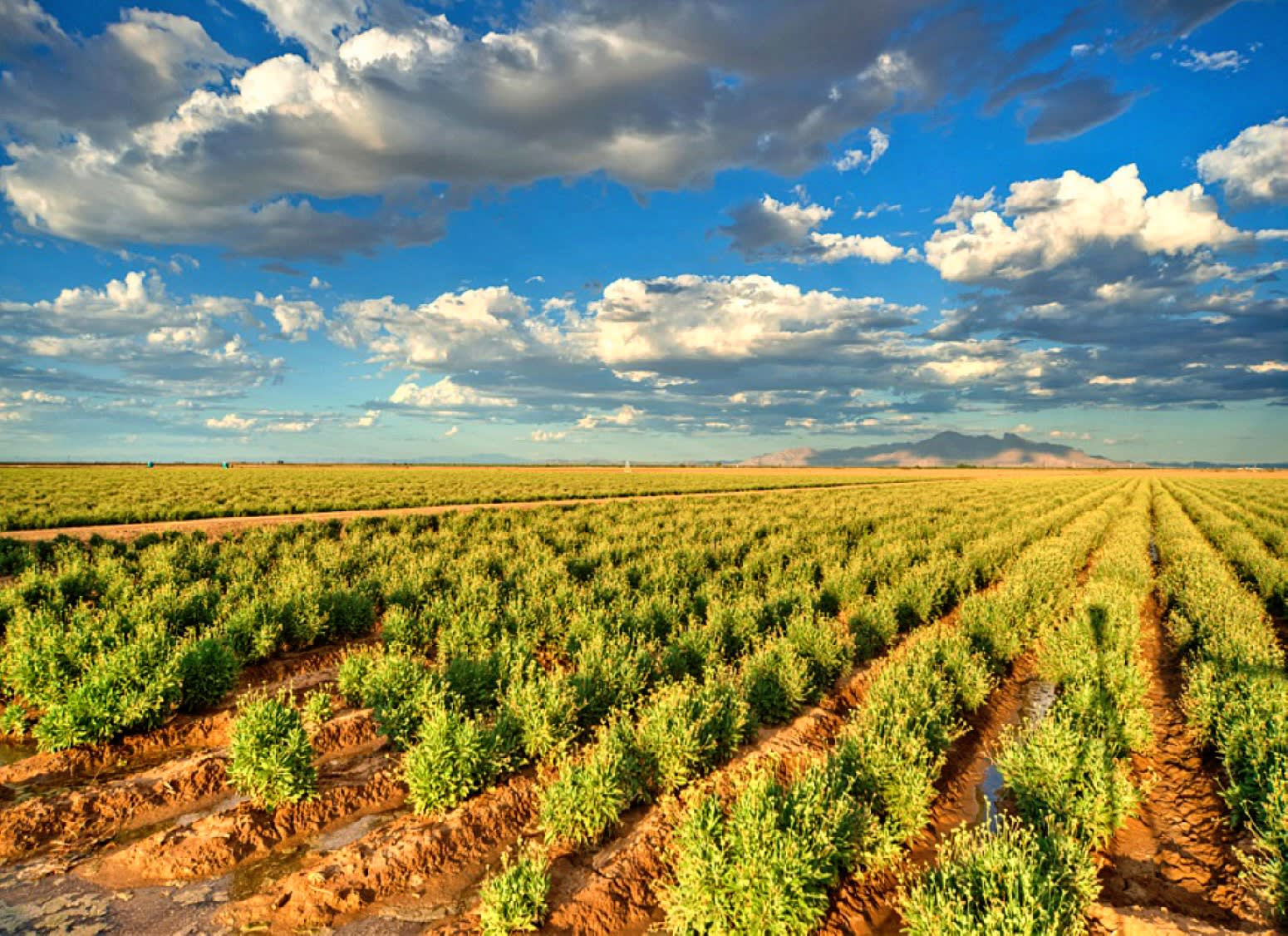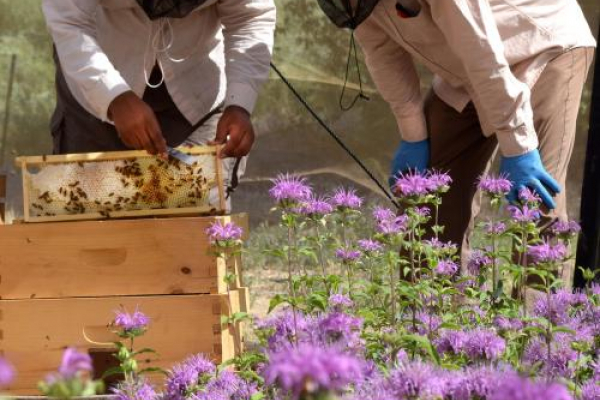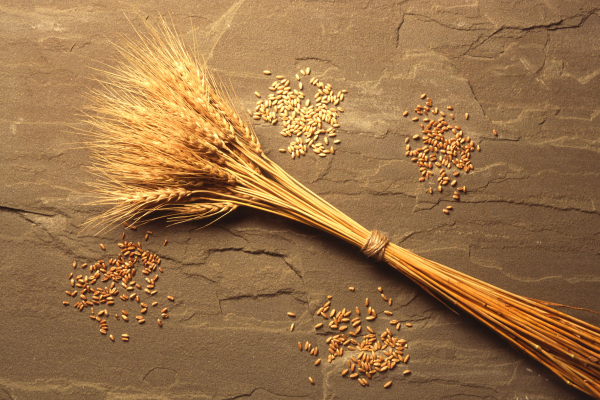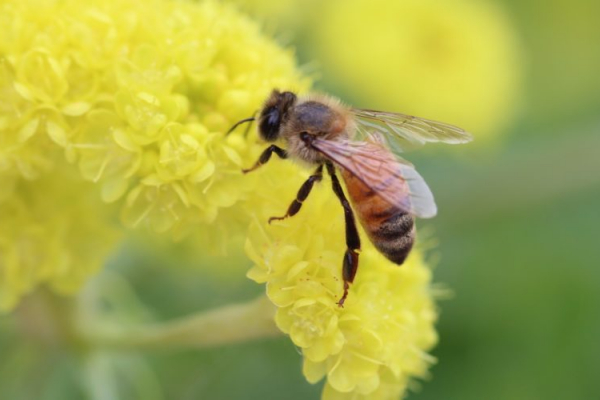Growing Guayule and Guar

Although they are not household words, guar gum (an extraction from guar beans) and guayule (a desert shrub) represent huge domestic and global markets. Demand for guar gum in the United States is up to $1 billion annually. Today, most guar gum is imported.
Researchers at New Mexico State University, Colorado State University, University of Arizona, and others are collaborating with the goal of scaling-up the profitable production of domestic sources of guar gum and guayule. These crops are drought-resistant and heat-tolerant. They require low amounts of water and grow well in the arid Southwest U.S.
Both guayule and guar are potential feedstock for biofuel and for high-value products such as rubber, resin, and polysaccharide. Guar gum powder is also used for ice cream, chocolate, sausage, pasta, jams, jellies, and thickening agents. Guayule produces natural rubber that is almost identical to natural rubber harvested from trees in Southeast Asia. The crop could serve as a valuable source of rubber to produce tires and for other commercial applications.
Funded by USDA, this research supports U.S. farmers in the Southwest as they face challenges to maintain or improve their farm profits. Guayule and guar can serve as alternatives that can help farmers grow new markets and take advantage of the tremendous demand for these crops.


